There in no perfect playground surface. Period.
That being said, there are still several steps a playground owner can take to ensure the playground surface is safe and accessible for children of all abilities. The protective surface material for playground use is usually selected based on factors related to costs, the surface’s ability to minimize injuries sustained from falls, the surface’s ability to meet accessibility standards, and the owner’s ability to maintain the surface over the life of the playground.
The process described below outlines the steps the playground owner can take during the planning, purchasing, installation, and maintenance phases.
Of particular importance to the playground owner are regulations issued by the U.S. Department of Justice (DOJ) on Sept. 15, 2010. The DOJ adopted long-awaited revisions to the Americans with Disabilities Act including the new 2010 ADA Standards for Accessible Design. This final rule, for the first time since the ADA was passed 20 years ago, establishes enforceable minimum design standards for public playgrounds and maintenance requirements for the accessible route to accessible play components. With DOJ’s adoption of the standards, the number of ADA complaints against playgrounds where the accessible route is noncompliant with the standards sharply rose. Thus, due diligence and the good faith effort on behalf of the playground owner became increasingly important.
The Site Plan
An accessible playground starts with an accessible design. After the selection and layout of the playground equipment, an accessible route should be drawn on the site plan to the point of aggress and egress from each accessible elevated play component and each accessible ground level play component.
The accessible route should be a minimum of 60 inches wide and have a minimum 80-inch overhead clearance. It is highly recommended that the accessible route be clearly defined on the site plan and construction drawings. Why? If the playground owner decides to go with a surface material such as loose fill that has a higher degree of surface variability, designation of the accessible route on the site plan will give the installer and maintenance personnel specific guidance on the appropriate location of the accessible route, installation of the surface material and its ongoing maintenance to meet the 2010 ADA Standards.
The Purchase
Prior to the selection and purchase of any playground surface material, the owner should secure the following documents:
- Results of laboratory tests for ASTM F1292-99 Standard Specification for Impact Attenuation of Surface Systems Under and Around Playground Equipment (or ASTM F1292-04). The critical height for the surface material should be reported and listed as a height greater than the highest fall height to be designed on the accessible route of the new playground.
- A statement from the surfacing supplier that the surface to be installed is identical in materials, installation techniques and depth as that of the samples provided for the ASTM F1292 laboratory test.
- Results for the ASTM F1951-99 Standard Specification for Determination of Accessibility of Surface Systems Under and Around Playground Equipment. This report will include performance values for the wheelchair work method straight propulsion and turning test, along with a description of how the surface sample was prepared and installed before testing.
- A statement from the surfacing supplier that the surface to be installed is identical in materials, installation techniques and depth as that of the samples provided for the ASTM F1951 laboratory test.
Having these documents on file can demonstrate the owner’s intent to meet the 2010 ADA Standards. The documents also serve as a baseline should a complaint be filed alleging noncompliance of the accessible surface and the playground surface installation be required to undergo field testing for ASTM F1292 or ASTM F1951.
Installation
The playground surface material and the sub-surface should be installed exactly to the manufacturer’s installation instructions and, more specifically, in accordance to laboratory sample for which it has demonstrated it passed: ASTM F1292 and ASTM F1951. The playground owner should have written instructions from the manufacturer for installation, including information on the required depth of the material, mixing procedure or wetting procedure, technique and equipment for compaction, preferred temperature for installation, sub-surface specifications and drainage.
It is critical the installation instructions are adhered to in order to achieve the same performance values the surface material passed for ASTM F1292 and ASTM F1951 in the lab. The playground owner should also note that any deviation from the installation or maintenance instructions may render the product warranty invalid.
Upon installation, and prior to acceptance of ownership from the contracted installer, the playground owner should inspect the surface installation for compliance with the 2010 ADA Standards. Tools for inspection will include:
- A straight edge that measures exactly 5 feet to measure the width of the accessible route and turning areas.
- A digital level that can be placed on top of the straightedge to measure the running slope and cross slope.
- A tape measure and protractor or a template tool to measure instances where the surface has a change in vertical height greater than one-half inch, where the cross slope is greater than 1:48, or where there are gaps or openings in the surface greater than one-half inch.
Now that we have all of the tools, devices, and instruments, it is time to begin with the post-installation inspection.
- If there is an elevated composite structure, define the elevated accessible route.
- Set the straightedge on any surface and using the digital level ensure that all platforms, resting areas and ramps have a cross slope less the 2 percent.
- Set the straightedge in the running direction of any ramp and using the digital level ensure that the slope is less than 8 percent.
- Check every change in vertical height to make sure it is less than one-quarter inch. If the change in level is between one-quarter inch and one-half inch it should be beveled at a slope less than 1:2. There should be no vertical changes in level greater than a one-half inch.
Define the ground-level accessible route.
- Place the 5-foot straightedge across the accessible route at any and all locations along the route and ensure the clear width is no less than 60 inches. Using the digital level set on top of the straightedge ensures that the running slope is less than 6.25 percent and the cross slope is less than 2 percent.
- At each clear floor space for aggress/egress from accessible play components, measure the 30x48-inch clear floor space with the digital level to ensure it is less than 2 percent in all directions.
- At each point where there is a change in the level of the surface place the 5-foot straightedge on the surface and ensure that there are no gaps under the straight edge that exceed one-half inch. Be sure to check high-traffic areas and edges of the accessible route.
- Check every change in vertical height to make sure it is less than one-quarter inch. If the change in level is between one-quarter inch and one-half inch it should be beveled at a slope less than 1:2. There should be no vertical changes in level greater than one-half inch. Be sure to check entrances and transitions between surface materials.
- Check the entire accessible route openings or gaps. These must not exceed one-half inch in diameter. Be sure to check at seams, joints, and transitions.
Following the inspection, conduct field tests for ASTM F1292 and ASTM F1951. Perform a drop test using the device and test method in ASTM F1292 at any location along the accessible route. Particular attention should be focused on adverse locations such as high-traffic areas, disrupted surfacing, seams, joints, or changes in surface materials.
Next, perform the test as outlined in ASTM F1951 on any location on the accessible route that displays less than optimal firmness or stability.
Field testing services for impact attenuation per ASTM F1292 are becoming more widely available as there is a growing number of Certified Playground Safety Inspectors (CPSI) with equipment to conduct the test. Some playground owners with a large number of playgrounds have acquired a field test device for impact attenuation, while others hire an outside service to conduct the field test. Generally, a day of testing for ASTM F1292 is $1,000 to $2,000 plus travel expenses.
Field testing for ASTM F1951 is a little more difficult to come by. Currently, there are only three laboratories in the United States with the equipment to perform this test procedure in the lab. At least two of the companies have stated availability for field testing at playground installation.
Generally, the cost for the field test is estimated between $2,000 and $3,000 per day. Another option would be to use the Rotational Penetrometer to measure the surface’s firmness and stability along the accessible route and each clear floor space designated for the accessible play components. The Rotational Penetrometer has been developed by Beneficial Designs as a more portable, less costly, highly correlated testing alternative to the ASTM F1951 test method.
However, if this test is used, the original purchase specification would have to include that the surface supplier accepts a test for firmness and stability using the Rotational Penetrometer device and method as provided by Beneficial Designs.
Maintenance
Just as the National Playground Safety Institute recommends routine safety inspections, so too should the routine inspections include an assessment for compliance with the 2010 ADA Standards. All of the above procedures can be used as best practices to maintain the accessible route on the playground.
Conclusion
The ADA regulations require the accessible route to be compliant upon installation and maintained throughout the life of the playground. In order to purchase, install and maintain a playground surface that is safe, accessible, and as close to perfect as possible, the playground owner will need to drive the market. To do this, the playground owner should understand how to measure the accessible route for compliance with the standards and adhere to field testing for ASTM F1292 and ASTM F1951. The playground owner should come to expect a solid product warranty (5 years or better), documentation from the manufacturer on baseline performance results for ASTM F1292 and F1951 that should be matched or exceeded in the actual playground installation, concise instructions for installation, and clear directions on maintenance.
About the authors
Rolf Huber is president of Canadian Playground Advisory, Inc. (www.everplay.com). Jennifer Skulski is Director of Marketing and Special Projects at the National Center on Accessibility at Indiana University (www.ncaonline.org).

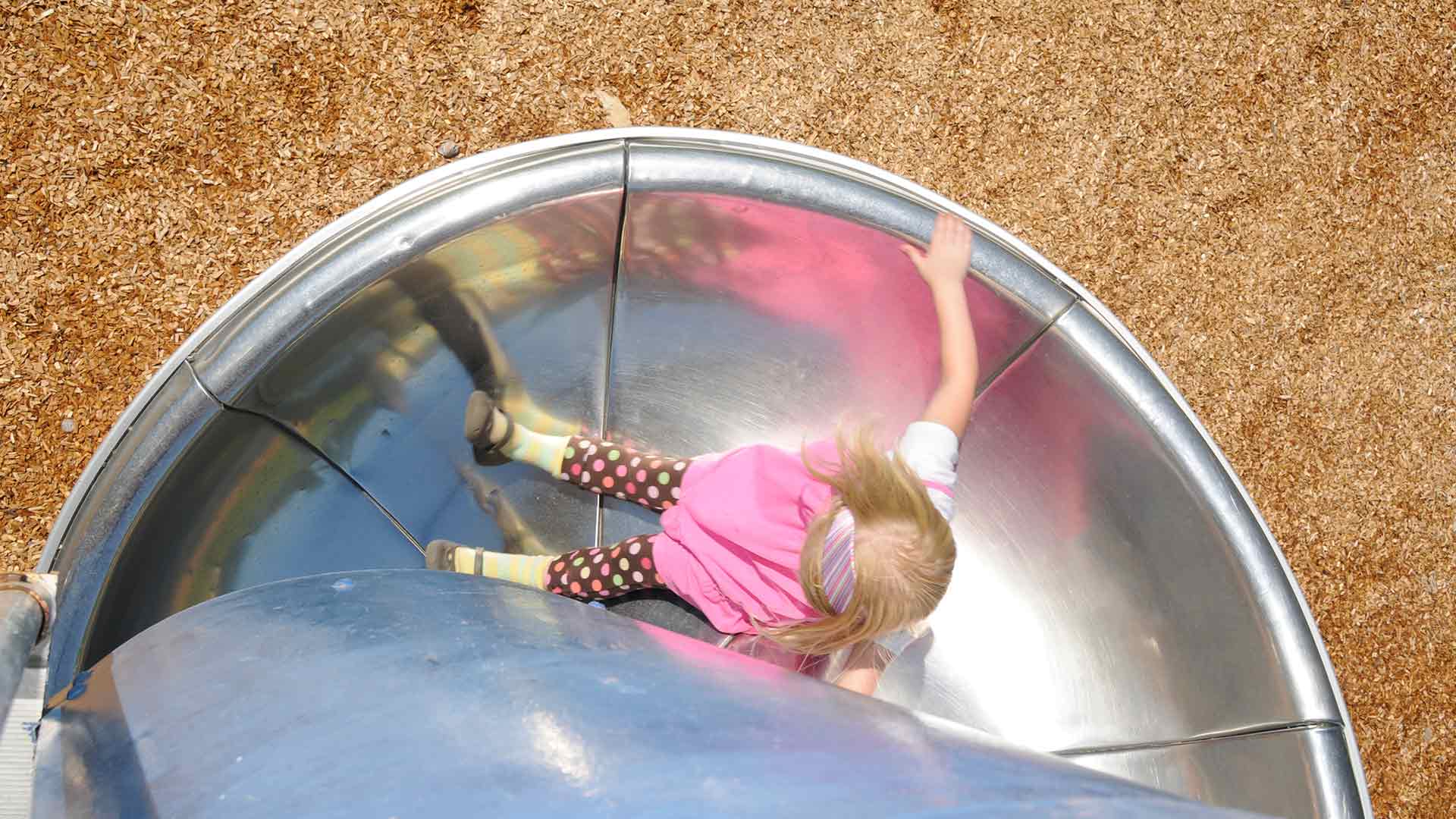

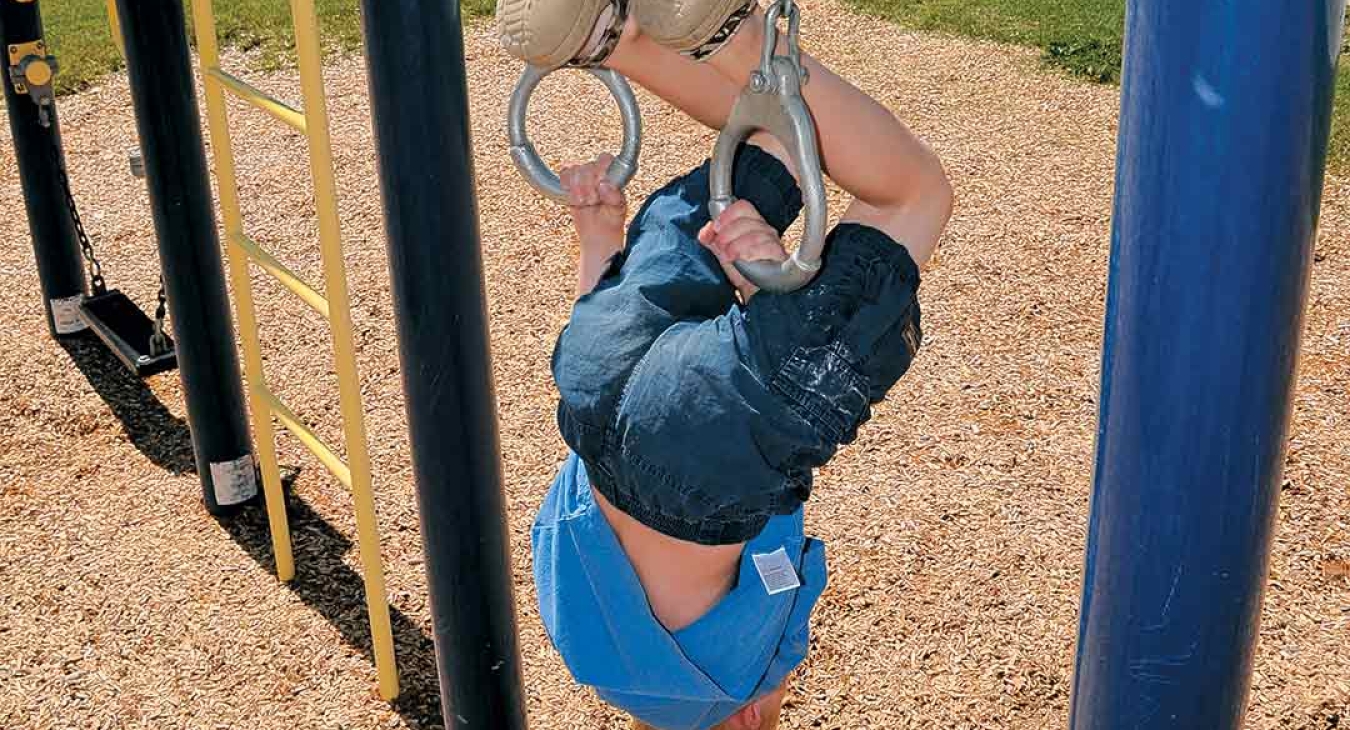
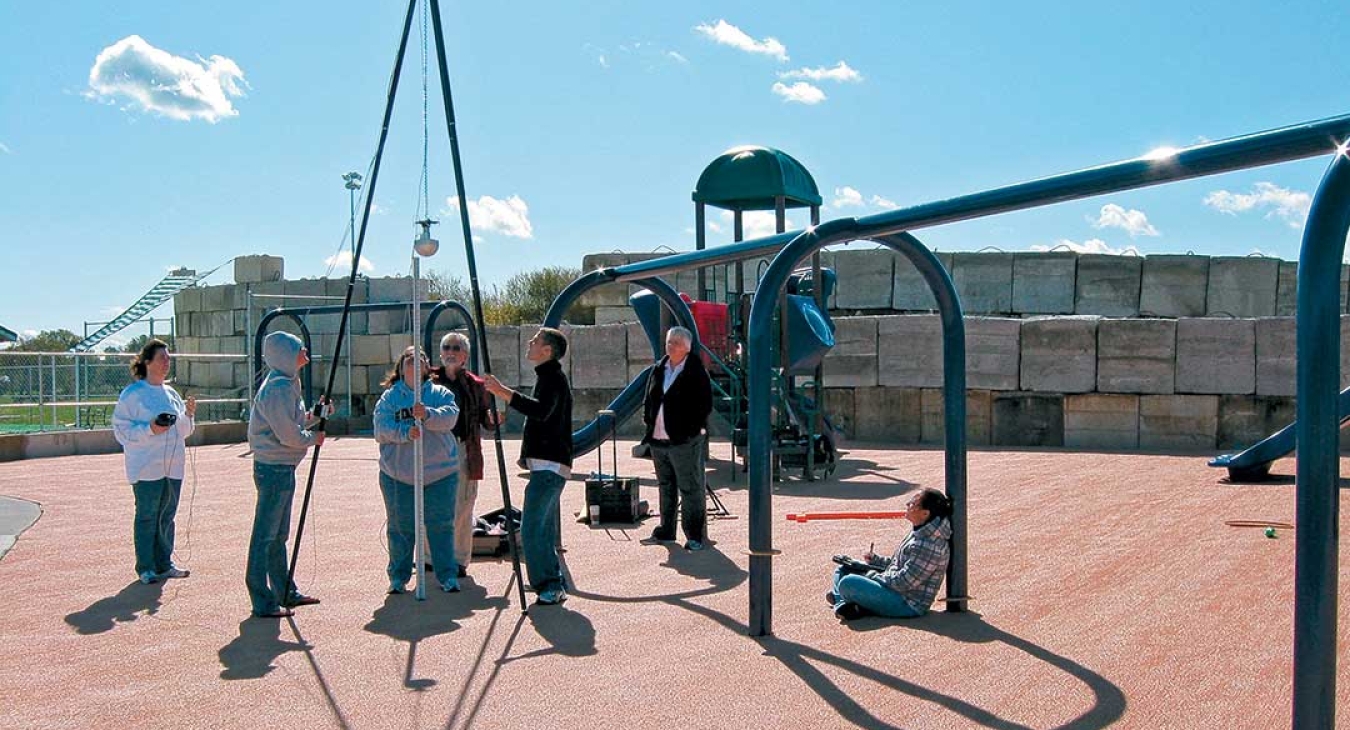
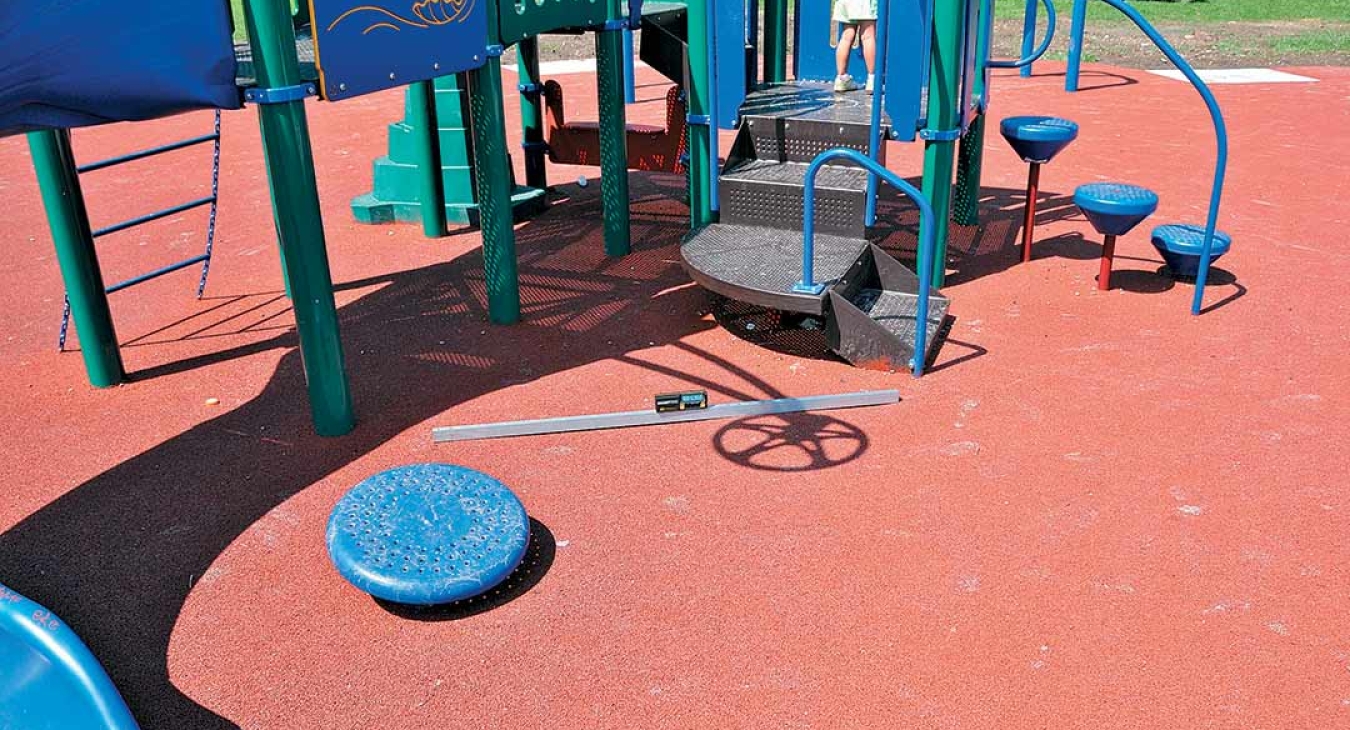
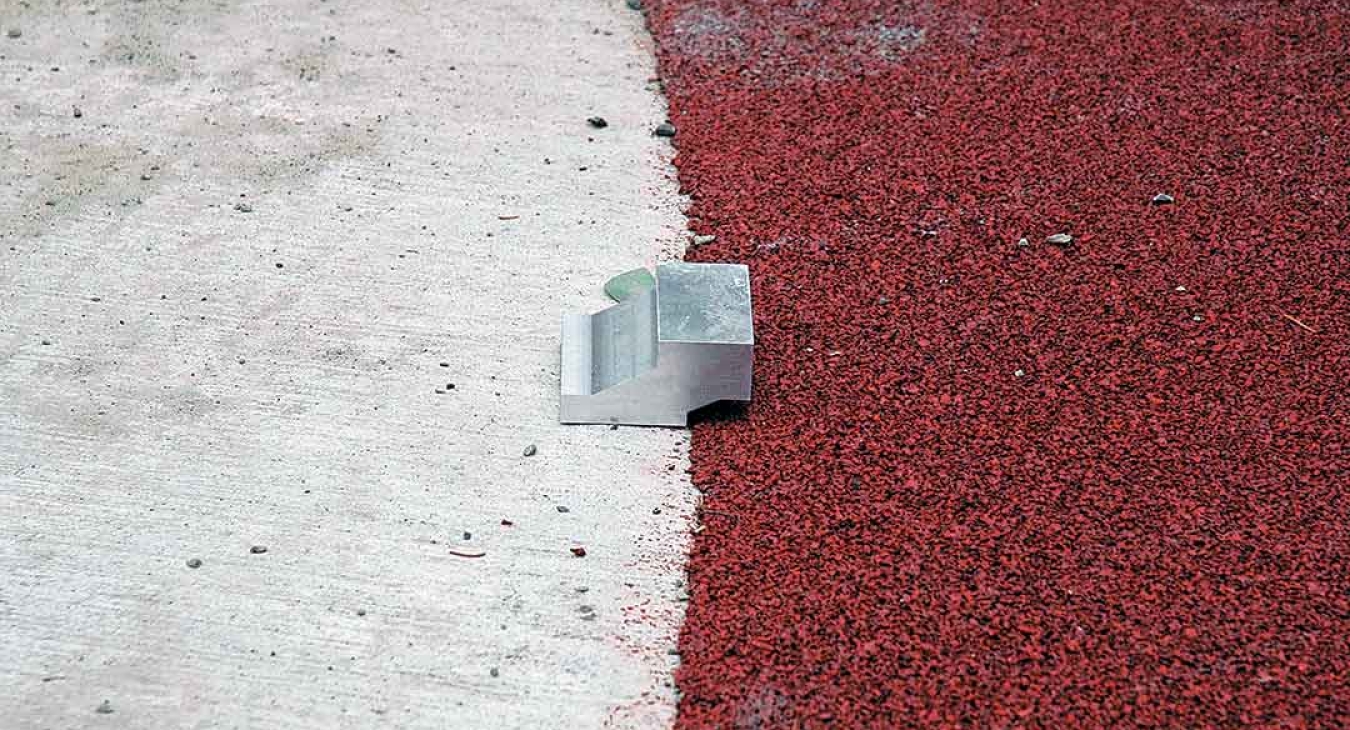
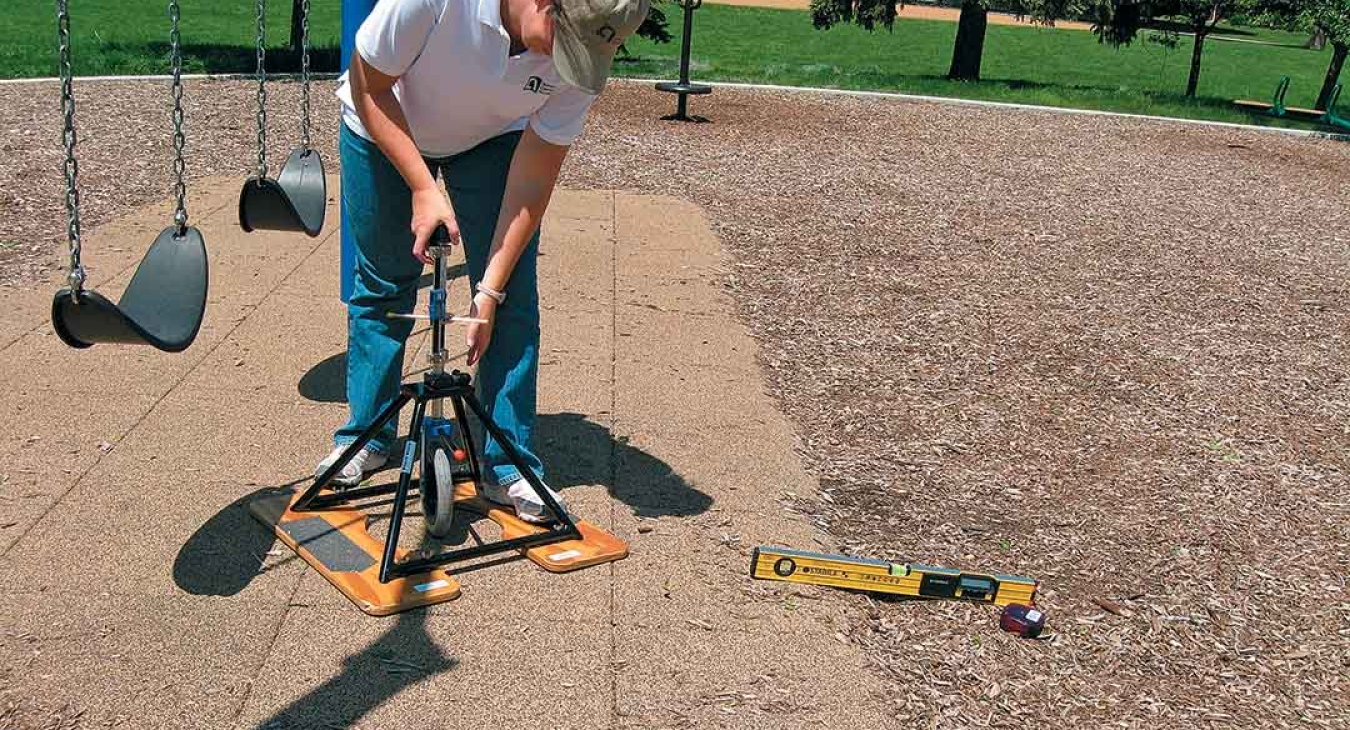


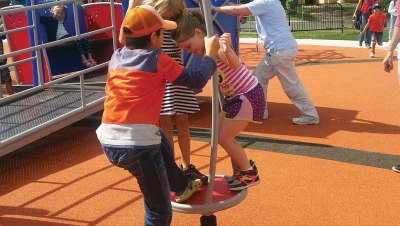




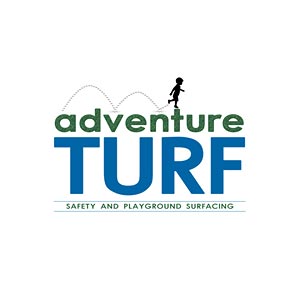
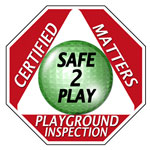


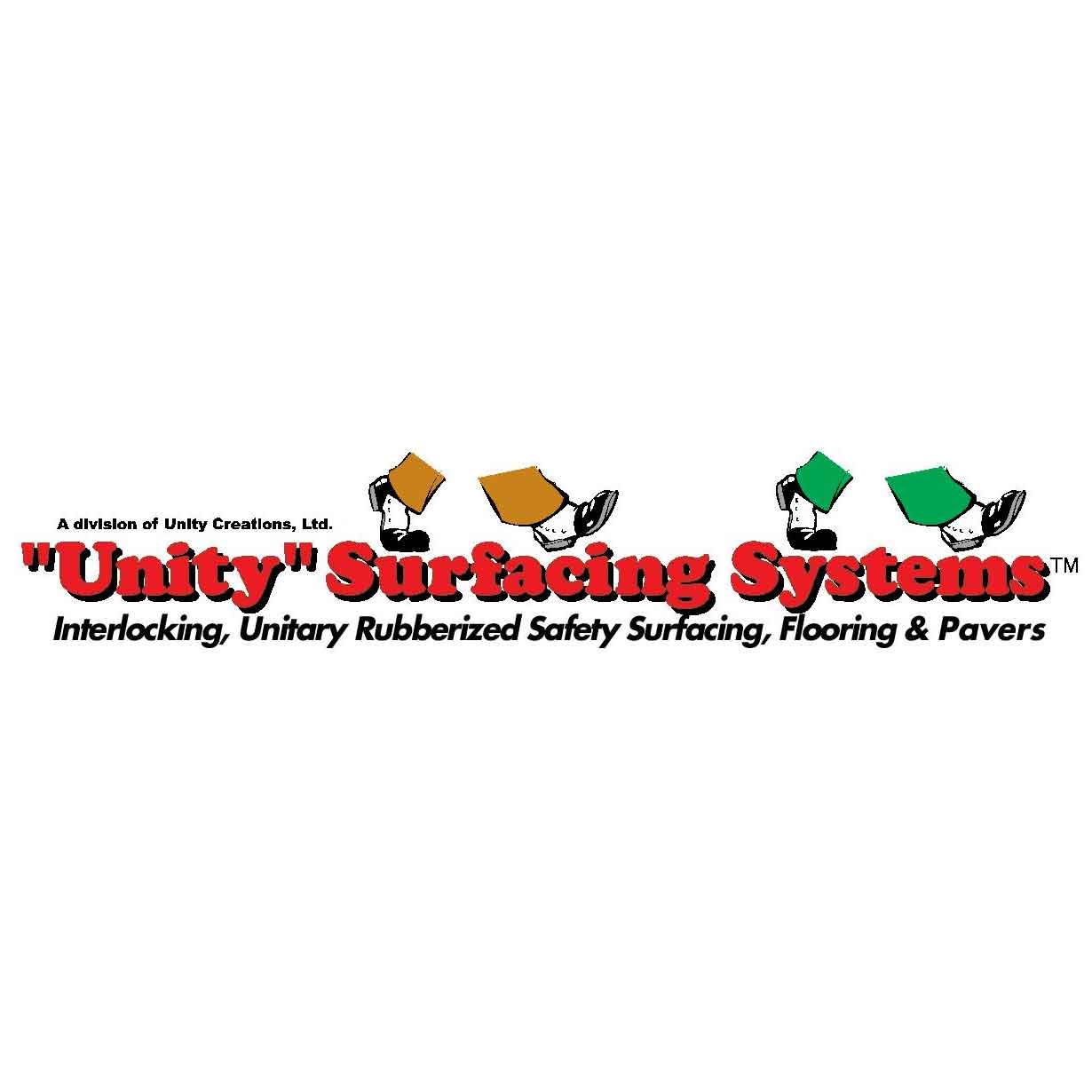


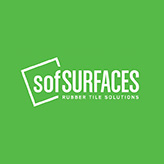

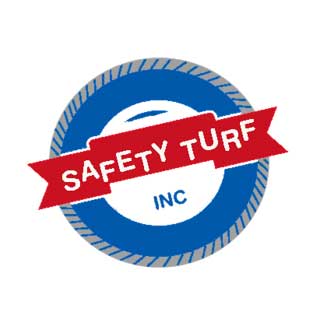
Add new comment